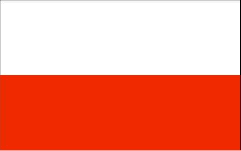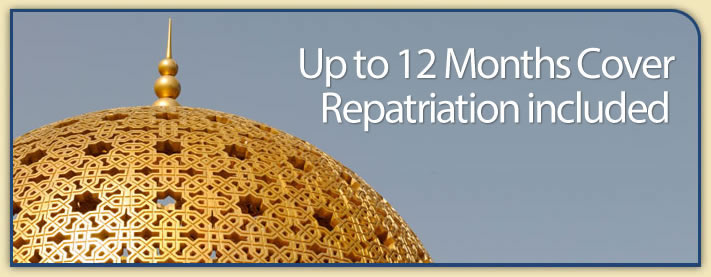Country Guide • Poland

Poland in Central Europe is bound by the Baltic Sea to the north, Germany to the west, Lithuania to the northeast, Belarus and the Ukraine to the east as well as the Czech Republic and Slovakia to the south.
| Official Name | Republic of Poland |
|---|---|
| Area | 312,612km² (120,700mile²) |
| Population | 38,622,660 |
| Continent | Europe |
| Population per mile² | 320 |
| Capital City | Warsaw |
| Religions | 95% Roman Catholic, the remainder are Eastern Orthodox or Protestant |
| Language | Polish |
| Government | Parliamentary Republic |
| Member of EU | No |
| Currency | Zloty |
| GDP | $368.1 billion |
| GDP per Head | $9,500 |
| Natural Resources | Coal, sulfur, copper, natural gas, silver, lead, salt, amber, arable land |
| Land Use | Arable Land 46% |
| Agriculture | Potatoes, fruits, vegetables, wheat, poultry, eggs and pork |
| Industry | Machine building, iron and steel, coal mining, chemicals, shipbuilding, food processing, glass, beverages, textiles and clothing |
| Tourism | Poland sees 8 million tourists arrive each year. Both Poland's capital and its largest cities are attractive destinations for those interested in history and the cultural heritage of other nations A journey across Poland is not only an opportunity to visit historical points of interest, but also to taste local cuisine, take advantage of Poland's strong ties to the European tradition of contemporary culture and art, such as painting, poster art, music and applied art such as artistic glassware, tapestries and ceramics |
| Natural Hazards | Flooding |
| Health Risks | None |
| Climate | Poland has a continental climate with severe winters and mild summers. Rainfall mostly occurs during the summer months and the average annual rainfall varies from 20 - 40 inches depending on the area. Average temperature ranges in Warsaw are from -5 to 0°C in January to 15 to 24°C in July |
| Time | GMT/UTC+1 hours |
| National Days | May 3 National Day, June 19 Corpus Christi, August 15 Assumption, November 1 All Saints’ Day, November 11 Independence Day |
| Visas | Visitors remaining in Poland for up to six months do not require visas. Under Polish law a Polish passport holder must be treated as a Polish national while in Poland, even if he or she holds another country’s passport. The Polish authorities, therefore, require dual nationals to enter and exit Poland on a Polish passport. Australians still need visas currently but matters are changing so please check before leaving |
| British Embassy | Embassy Details |
Information Only
The content above is for information purposes only and we have tried to ensure that the information is as accurate as possible. We cannot accept any responsibility for any inconvenience, loss or injury as a result of the information above. You should always check and verify any critical information like visas, health and safety and customs with the relevant authorities before you travel since information can change at any time.



